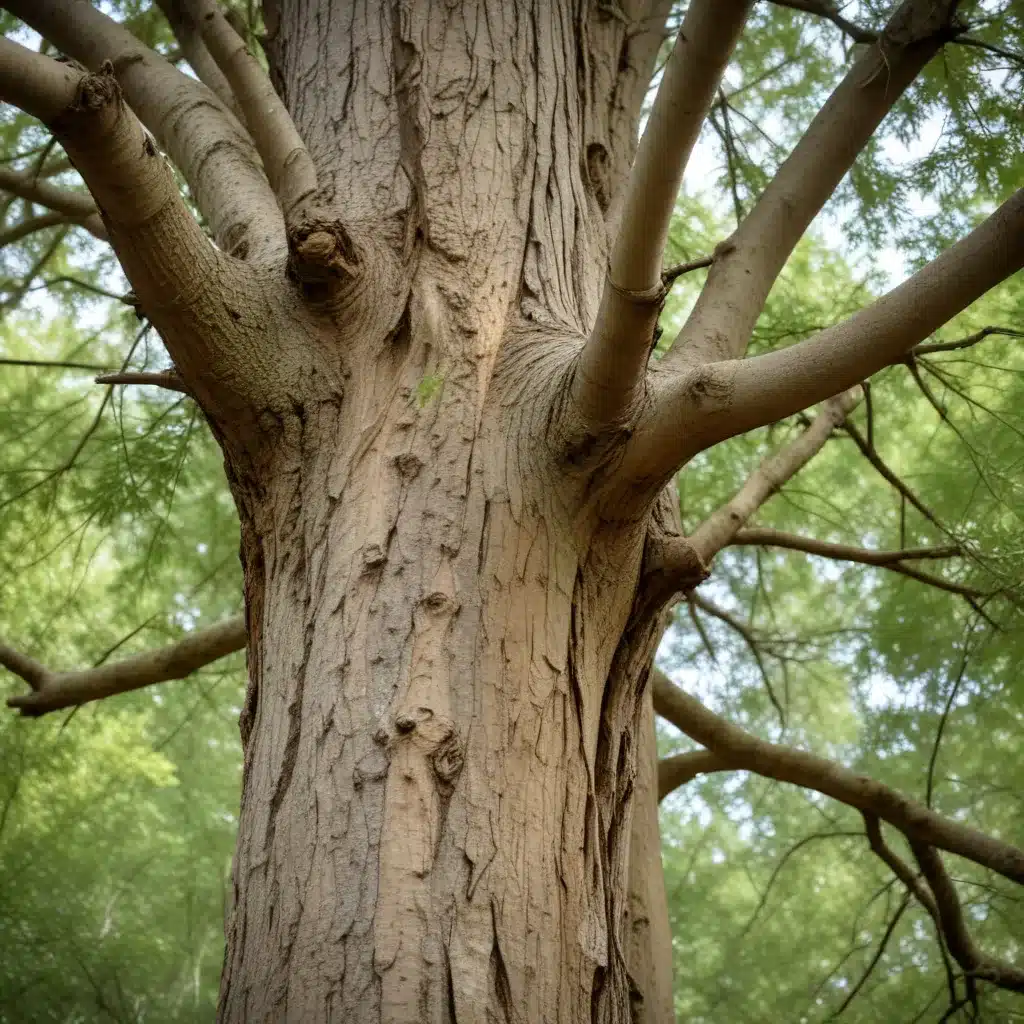
As a tree care specialist for TriCounty Tree Care, I’ve witnessed firsthand the challenges of reviving trees in distress. Whether due to environmental stressors, pests, diseases, or anthropogenic influences, the loss of tree vigor can have devastating consequences for both residential and commercial landscapes. In this comprehensive article, I’ll share proven techniques for restoring the health and vitality of declining trees, as well as strategies for preventing future tree loss.
Identifying Declining Trees
The first step in reviving a struggling tree is to accurately diagnose the underlying causes of its decline. Recognizing the signs of distress is crucial, as early intervention can often make the difference between a tree’s recovery and its untimely demise.
Some common indicators of a tree in decline include:
– Wilting, curling, or discolored foliage
– Sparse or thinning canopy
– Dieback of branches or the leader
– Presence of pests or disease symptoms
– Structural weaknesses, such as cracks or decay
By carefully examining the tree and its surrounding environment, a certified arborist can determine the specific factors contributing to the tree’s decline, whether it’s environmental stressors, pest infestations, or mechanical damage. This comprehensive assessment is essential for developing an effective restoration plan.
Tree Revitalization Techniques
Once the underlying causes of a tree’s decline have been identified, a multifaceted approach to revitalization can be implemented. The key components of this approach include:
Pruning and Trimming
Judicious pruning and trimming can play a vital role in restoring a tree’s health and vigor. By selectively removing dead, damaged, or competing branches, you can improve the tree’s structural integrity, enhance light penetration, and promote the growth of healthy, vibrant foliage. It’s essential to follow proper pruning techniques and guidelines to ensure the long-term well-being of the tree.
Soil Amendments
The health of a tree’s roots is directly linked to its overall vigor. Addressing any nutrient deficiencies or imbalances in the soil can be a game-changer for a struggling tree. Applying organic matter, such as compost or mulch, can improve soil structure, water-holding capacity, and nutrient availability. In some cases, targeted fertilization or soil pH adjustments may be necessary to optimize the growing conditions for the tree.
Irrigation Management
Proper irrigation management is crucial for maintaining a tree’s health, especially during periods of drought or extreme weather. Providing deep, infrequent watering that thoroughly saturates the root zone can help the tree access the moisture it needs to thrive. Avoiding shallow, frequent watering can prevent the development of shallow, inefficient root systems.
By integrating these revitalization techniques, you can help a declining tree regain its vigor and resilience, setting it on a path to long-term health and vitality.
Factors Impacting Tree Vigor
To effectively prevent and manage tree decline, it’s important to understand the various factors that can contribute to a tree’s loss of vigor. These factors can be broadly categorized as environmental stressors and anthropogenic influences.
Environmental Stressors
Climate change, with its associated shifts in temperature, precipitation patterns, and extreme weather events, can have a profound impact on tree health. Prolonged droughts, sudden temperature fluctuations, and increased pest and disease prevalence can all stress a tree, making it more susceptible to decline.
Anthropogenic Influences
Urban development, infrastructure projects, and other human activities can also take a toll on tree health. Mechanical damage, such as root disturbance or trunk injuries, can compromise a tree’s structural integrity and leave it vulnerable to pests and diseases. Improper planting, maintenance, or removal practices can also contribute to tree decline.
Understanding these factors is crucial for developing effective strategies to prevent and manage tree loss.
Preventative Measures for Tree Loss
Proactive monitoring and sustainable landscaping practices are key to preserving the health and longevity of trees. By taking a proactive approach, you can significantly reduce the risk of tree decline and ensure a thriving, resilient landscape.
Proactive Monitoring
Regular inspections by certified arborists can help identify potential issues before they escalate. Early detection of pests, diseases, or structural weaknesses allows for timely intervention and a higher chance of successful tree restoration.
Sustainable Landscaping
Selecting native tree species that are well-suited to the local climate and growing conditions can enhance a tree’s resilience and reduce the need for intensive management. Proper planting techniques, such as ensuring adequate soil depth and drainage, can also contribute to a tree’s long-term health and vigor.
Long-term Tree Preservation
Achieving long-term tree preservation requires a collaborative effort involving both the private and public sectors. By fostering community engagement and implementing integrated pest management strategies, we can work towards a future where healthy, thriving trees are the norm.
Collaborative Community Efforts
Public-private partnerships between municipalities, arborists, and community groups can facilitate educational outreach, promote tree-friendly policies, and mobilize resources for tree care initiatives. Empowering residents to become active stewards of their local urban forests can significantly enhance the resilience and longevity of the trees in their communities.
Integrated Pest Management
An integrated pest management (IPM) approach, which combines biological, cultural, and, as a last resort, chemical controls, can help mitigate the impact of pests and diseases on tree health. By favoring natural, ecologically-sound methods, IPM strategies can preserve the delicate balance of the urban ecosystem while protecting the trees that are essential to it.
By embracing these proactive and collaborative measures, we can work towards a future where the trees in our communities thrive, providing invaluable environmental, economic, and social benefits for generations to come. To learn more about TriCounty Tree Care’s comprehensive tree care services, please visit www.tricountytreecare.com.


